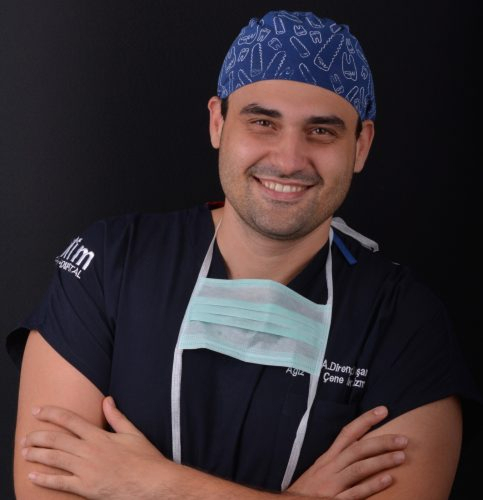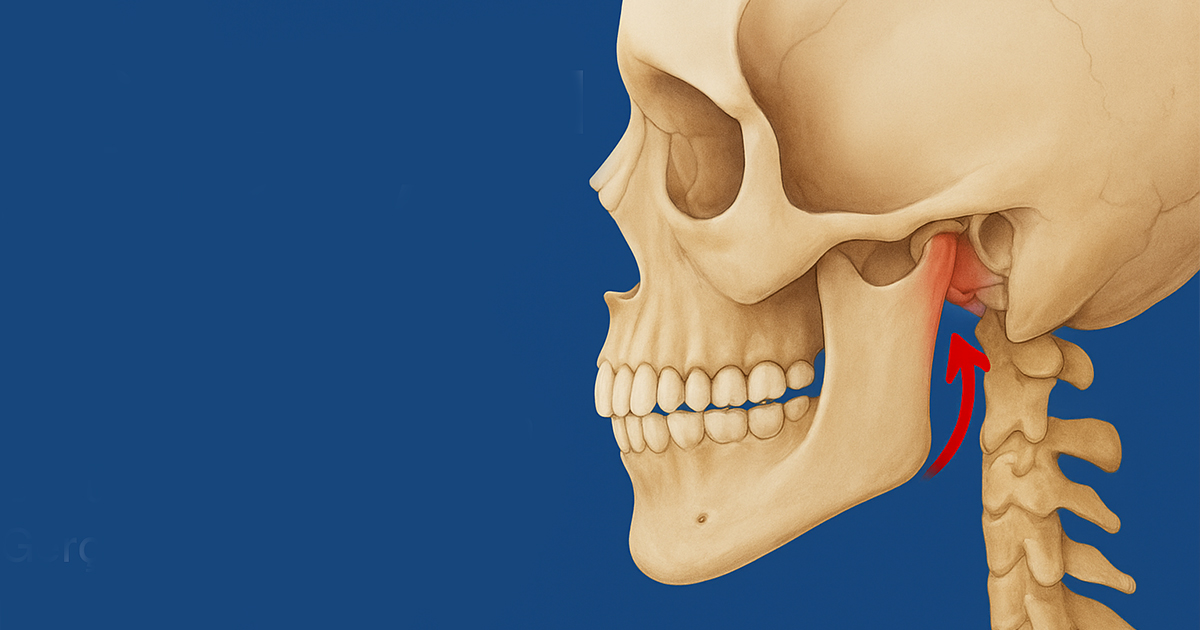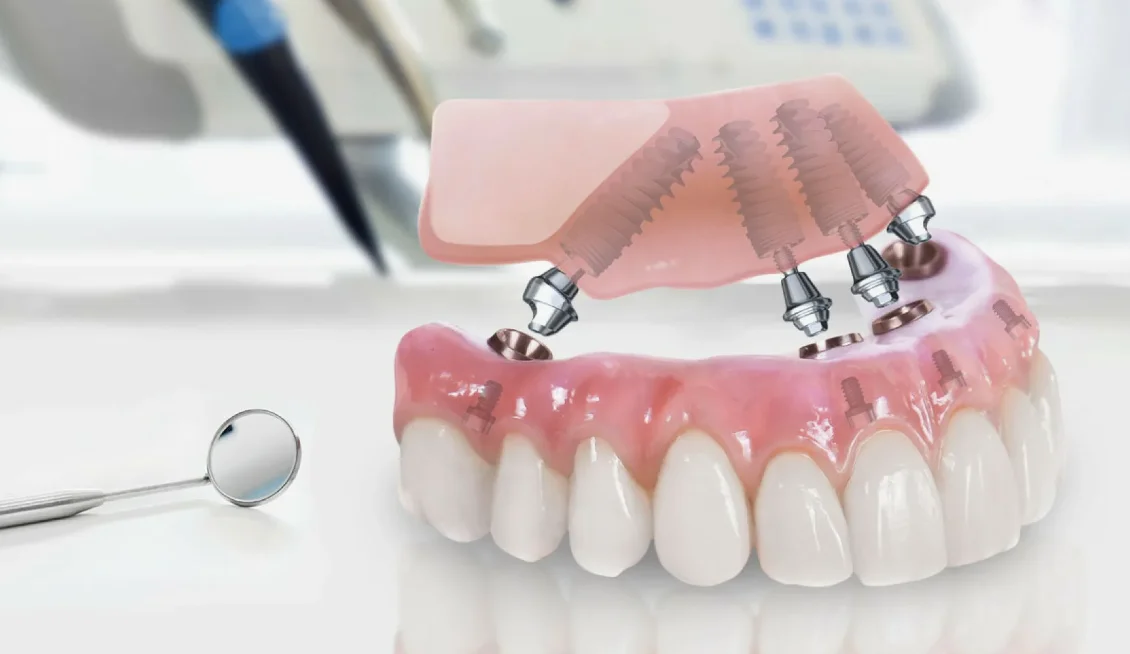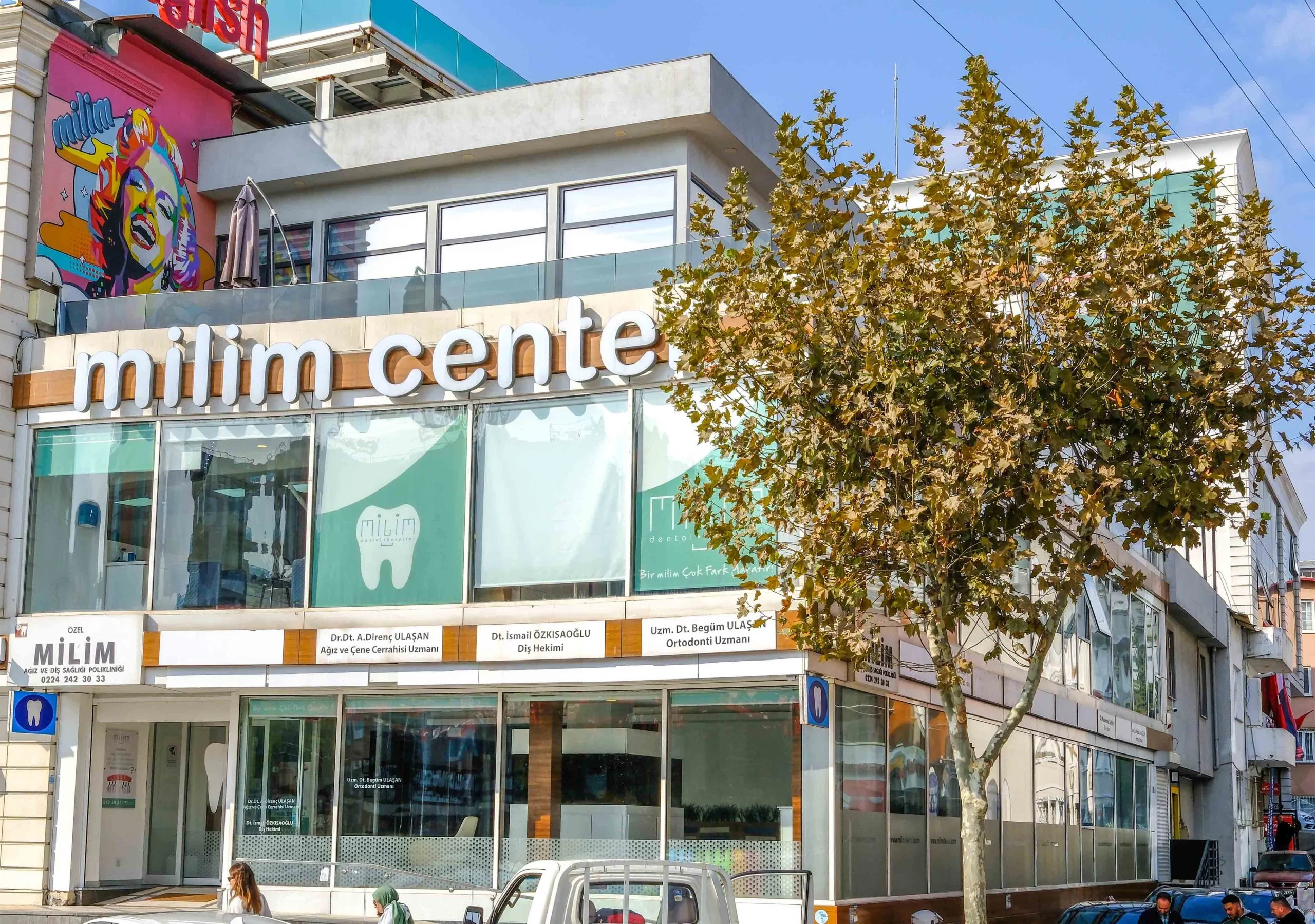

Wisdom teeth (third molars) do not behave the same way in everyone. In some people, they erupt fully and remain problem-free for life; in others, they stay partially impacted, causing food impaction, bacterial accumulation, recurring infections (pericoronitis), or decay on the neighboring tooth. Some remain completely impacted in the bone, “silent” yet potentially risky.
Therefore, there is no single universal rule. The correct decision depends on symptoms, radiographic findings, hygiene compliance, and age. This guide offers a clear, scientific, patient-friendly framework to help our patients in Bursa understand whether a wisdom tooth should be removed or monitored.
Third molars attempt to erupt between ages 17–25. Due to evolutionary changes and modern diet, our jaws often do not have enough space for them. Common issues include:
Summary: Wisdom teeth have high “problem potential,” but not every wisdom tooth must be removed.
If you notice one or more of these, do not delay evaluation. Waiting for the pain to “go away on its own” usually worsens the situation.
The decision combines clinical symptoms + radiology + hygiene + patient compliance + age.
Important: Monitoring is not passive waiting — annual clinical/panoramic follow-ups are required.
Panoramic X-rays are useful for screening but two-dimensional.
CBCT shows a millimetric 3D relationship between wisdom teeth and:
This allows safer planning, reduced trauma, and options such as coronectomy when appropriate.
Coronectomy removes only the crown while leaving the roots in place when they are too close to the inferior alveolar nerve.
Upper third molars can be close to the sinus floor. Sinus-friendly techniques are preferred, and short-term precautions (avoiding forceful nose blowing, etc.) are recommended.
To minimize swelling, pain, and complications, the approach includes:
Extractions between ages 16–22 can be easier because roots are not fully developed.
However, this does not mean all wisdom teeth must be removed automatically.
Asymptomatic, pathology-free, easily cleanable teeth may simply be monitored.
No pain during the procedure — you may feel pressure/vibration.
Sedation improves comfort and perception of time.
Post-op: mild–moderate discomfort for 24–72 hours is normal and managed with prescribed medication + ice.
Most patients return to desk work in 1–2 days.
Avoid: Smoking/alcohol for ≥72 hours (preferably 1 week), heavy exercise for 7–10 days, seeds/rice/sesame for 1 week.
Delaying extraction can lead to more costly treatments on the second molar.
In appropriate cases, multiple extractions in one session simplify scheduling and budget.
Sedation adds cost but increases comfort during long/complex sessions.
Why do wisdom teeth hurt?
Food and bacteria trapped under the gum flap → infection (pericoronitis).
Can all four be taken out in one session?
Yes, in suitable cases — sedation improves comfort.
Is an empty space a problem?
No; wisdom teeth are not essential for function or aesthetics.
Is coronectomy safe?
Yes, in correct indications; requires follow-up.
Is CBCT necessary?
Yes when nerve/sinus proximity is suspected — it makes surgery safer.
How long does healing take?
Soft tissue: 1–2 weeks; most swelling resolves in several days.
When should I book a visit?
Recurring pain/swelling, decay, food impaction, bad odor, or cyst suspicion → do not delay.
Our goal: predictable, low-pain, fast-recovery care that gets you back to daily life safely.
Not every wisdom tooth must be removed.
But if symptoms, pathology, or damage to the neighboring tooth exists, delaying treatment often makes the situation worse.
With accurate diagnosis, 3D planning, and gentle surgical technique, the process is safe and predictable.
Let’s evaluate your personal risk–benefit balance and determine the safest plan for you.
When tooth extraction comes up in Bursa, the most common questions tend to be the same: “Will it hurt a lot? How long does it take? Can dry socket occur? When can I return to work?” As an oral and maxillofacial surgeon, my purpose is to clarify that extraction is always considered the last option, but when necessary, we perform it in the safest and most comfortable way possible.

“Can my jaw dislocate while having a tooth removed?” This question is very common among patients in Bursa, especially before difficult extractions, wisdom tooth surgery, or long appointments. Stories circulating online and exaggerated claims on social media often make this fear seem bigger than it actually is.

All-on-4 dental implants offer a fast, reliable, and minimally invasive solution for full-arch tooth loss. Using just four implants per jaw, this technique restores both function and aesthetics—without bone grafting or long recovery times. Perfect for "Teeth in a Day" candidates.

Milim Dental Hospital isn't just a clinic—it's where confident smiles begin. With a team of world-class specialists, advanced technology, and a patient-first approach, we turn dental care into a premium experience.
We prioritize hygiene, comfort, and tailor-made treatments designed just for you. Don’t just take our word for it—explore real stories from real patients.
Your perfect smile starts here. Join the Milim experience.




Milim Dental Hospital provides comprehensive dental services in a spacious 1,000 m² facility, supported by a wide team of dental professionals including specialists in Oral and Maxillofacial Surgery, Prosthodontics, Orthodontics, Pediatric Dentistry, and Periodontology.

At Milim Dental Hospital, we accept a maximum of 10 international patients per month. This allows us to provide each patient with personalized care and the highest quality of treatment. Let us know how we can help you!
Would you like to see real patient results? Feel free to explore our Case Gallery!